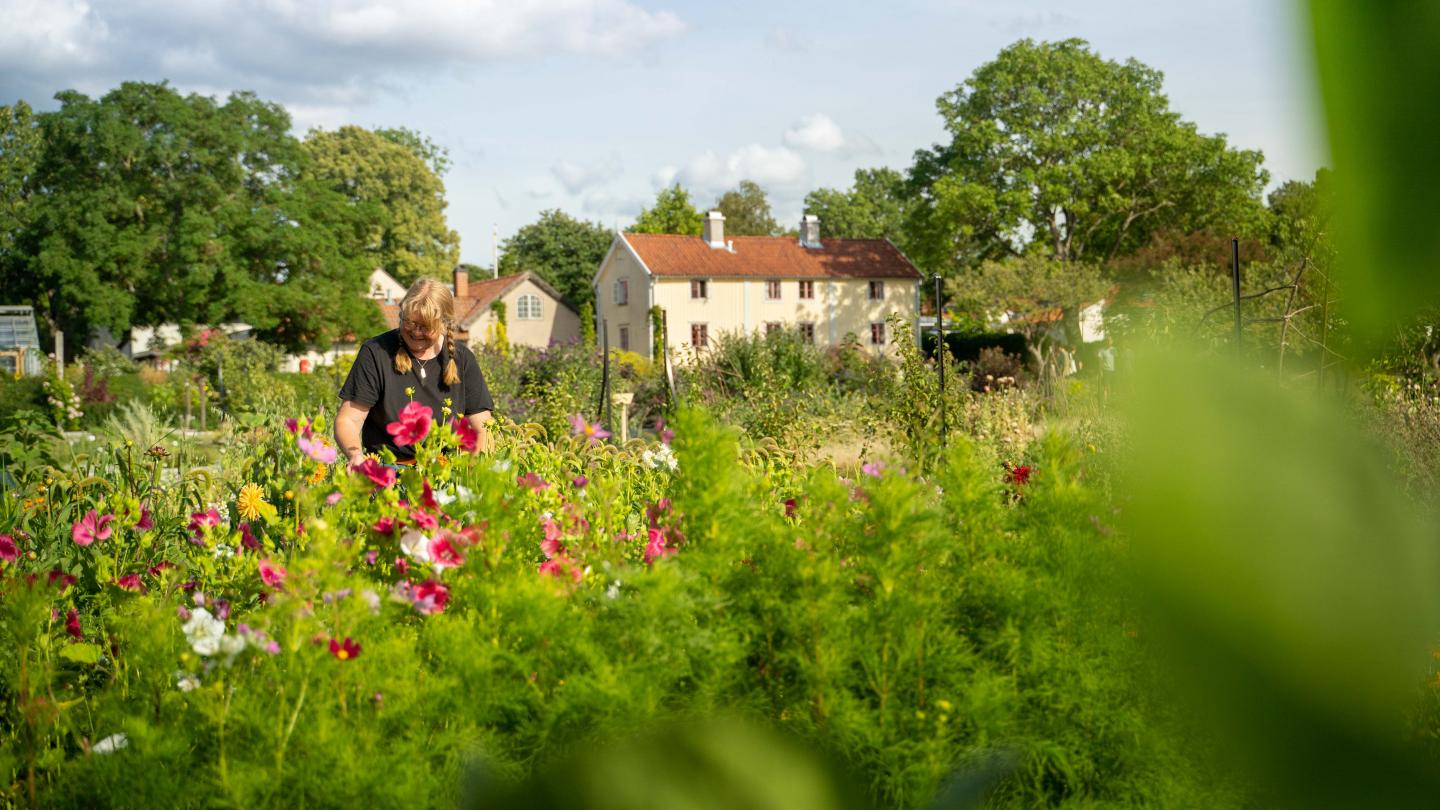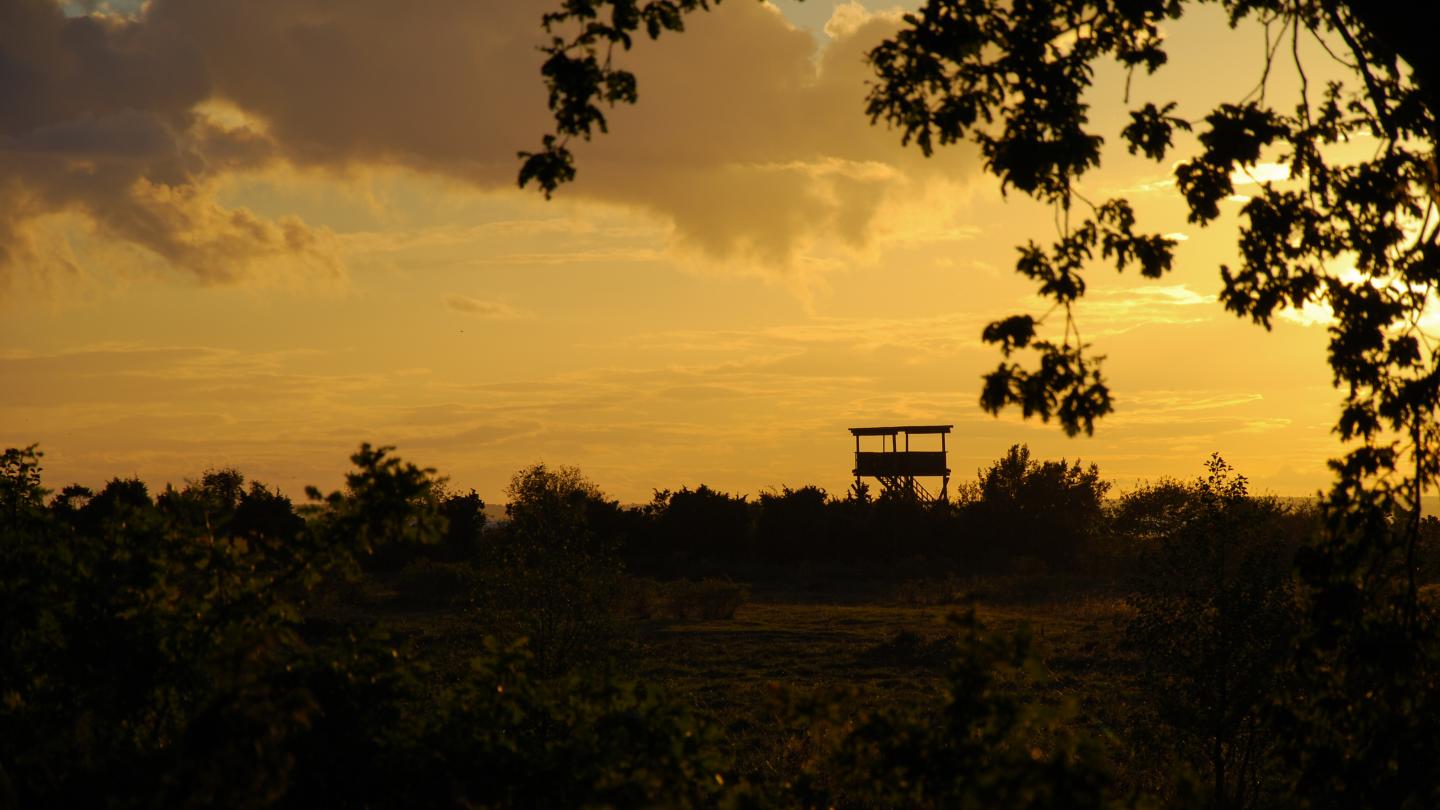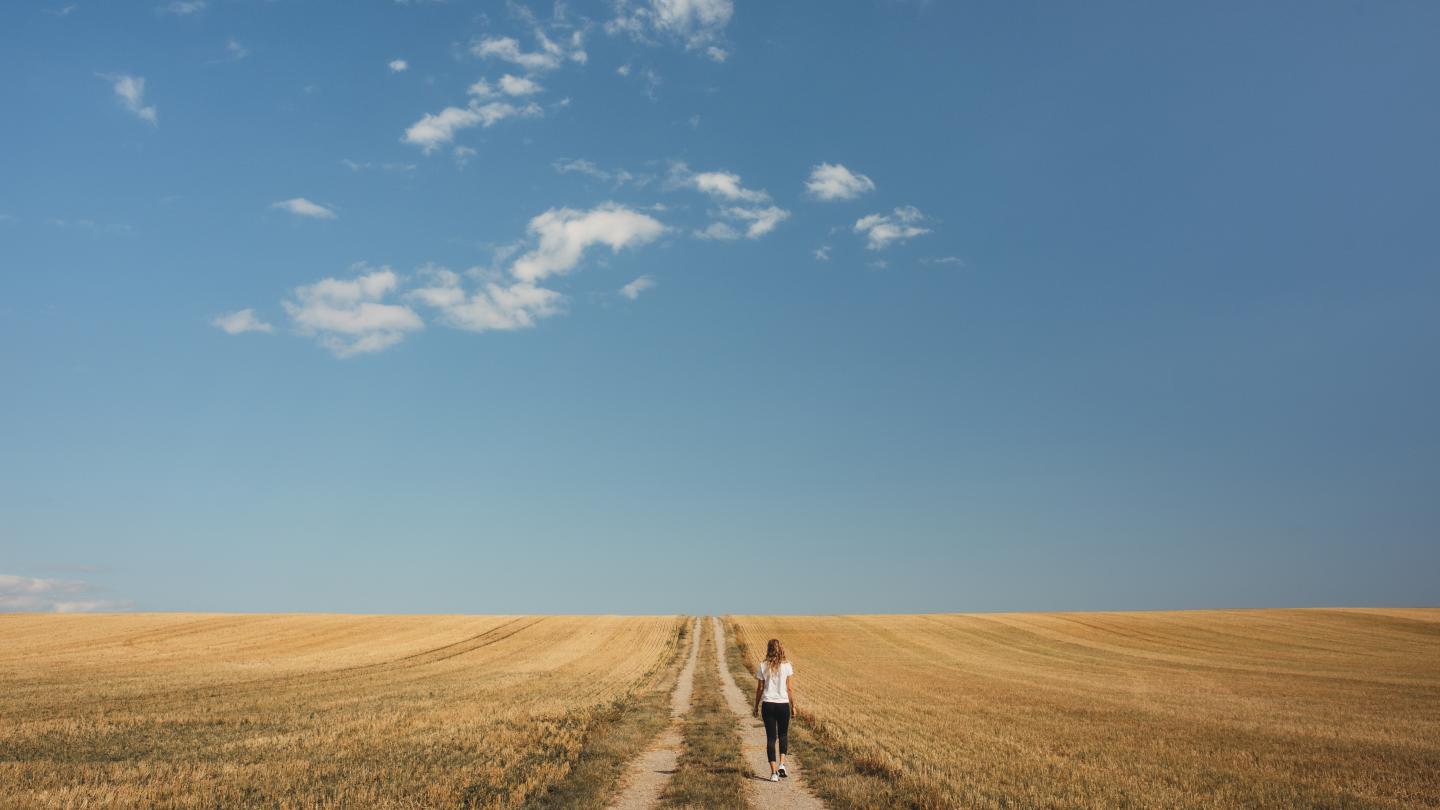The ferry town
Färjestaden is the largest urban area on Öland. In the cozy harbor there are several restaurants and cafes. In summer, there is a lot of activity here and while the sun sets over the strait, with the bridge as a beautiful silhouette, there is the occasional evening dip with a jump from the harbor pier.
Due to its location, the ferry town has always been a center for crossing the Kalmar Sound. The strait is six kilometers between Färjestaden and Kalmar. From the 1200th century there is the first documented traffic. When the ferry traffic ceased, with the creation of the Öland Bridge in 1972, the Kalmarsundsbolaget had operated the strait for 106 years. Today, the strait is served in summer by the cycle and passenger ferry Dessi.
The mill king
Up on the crest of Björhovda, there are three mills in a row. The largest is called Kvarnkungen and is Europe's largest stump mill. Just north of Kvarnkungen stands a mill of the Dutch type, called Drottningen. Further north of Drottningen stands a smaller stump mill, called Prinsen.









